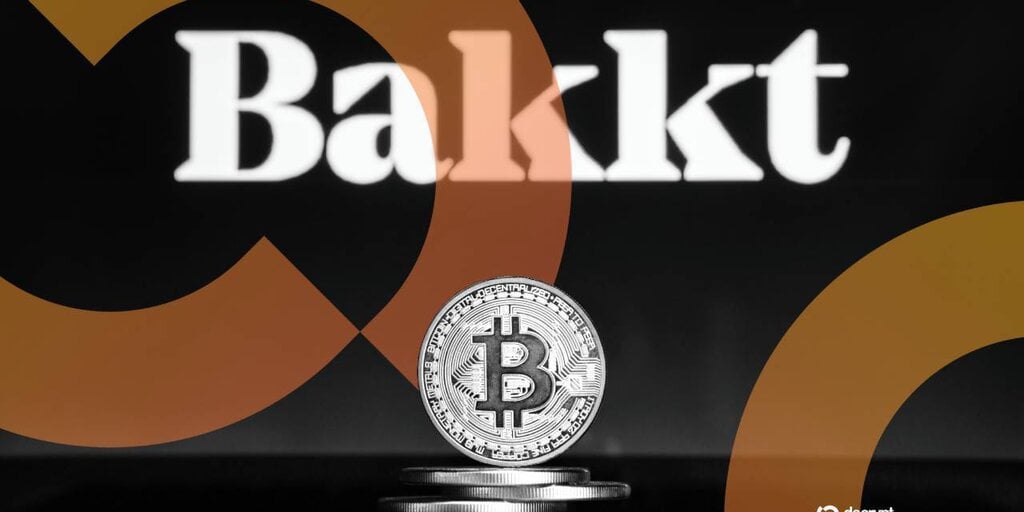
In brief
- On-chain data shows that Ethereum ETFs have added about $3.4 billion over the past five days, against $966 million for Bitcoin ETFs over the same period.
- The trend marks a fifth straight session of ETH ETF inflows outpacing Bitcoin ETFs.
- Analysts cited corporate treasury accumulation, thinning exchange and OTC supply, and staking yield, while noting risks over a historical September correction.
U.S. spot Ethereum ETFs have outpaced Bitcoin funds for a fifth straight trading day, a move market observers are tying to aggressive corporate accumulation purportedly draining exchange and OTC supply, among other macro factors.
Ethereum funds took in $640 million to cap Thursday’s trading session, led by BlackRock’s ETHA ($520 million) and Fidelity’s FETH ($57 million), after nearly $730 million on August 13, $523 million on August 12 and a record $1 billion tacked on August 11, data from Farside Investors shows.
Over the past five days, Ethereum ETF inflows have totaled $3.37 billion, against inflows of $966 million for Bitcoin ETFs over the same period.
“The primary driver of this week’s shift is an unprecedented corporate accumulation of Ethereum, which represents significant new institutional capital,” Erhan Korhaliller founder of EAK Digital and convener of the Istanbul Blockchain Week, told Decrypt.
Korhaliller pointed to a mounting supply squeeze situation where exchange balances sit at record lows, major OTC desks report “no inventory left to sell,” and corporate entities continue to issue stock to accumulate ETH for their respective treasuries.
Corporate interest and accumulation
The amount of corporate interest is a bid that operates from structural, not cyclical, reasons, Korhaliller argues. It originates from “three key factors that make Ethereum more attractive than Bitcoin,” he said.
“Unlike Bitcoin, Ethereum supports smart contracts, making it a versatile platform for building a wide range of applications,” he explained, pointing to other reasons such as staking and income-generating features that Bitcoin lacks and the diversity of earning opportunities across Ethereum’s ecosystem.
Still, several risks “could reverse the flow,” Korhaliller warned, pointing to a “historical market correction in September.” He also sees the possibility of retail profit-taking, despite prospects of institutional demand potentially absorbing the selling pressure.
“If this institutional trend persists, the base case is for ETH to reach $10,000 this cycle, with potential for more,” he said. “The fundamental argument is that ETH’s greater utility and yield-bearing properties will drive its outperformance against BTC.”
Kelvin Koh, co-founder and CIO at Spartan Group, reads the shift as the start of a larger rotation into ETH.
Ethereum’s price is “going a lot higher in the short term,” Koh told Decrypt, outlining several reasons including net flows on Ethereum ETFs surpassing Bitcoin’s, digital asset treasury firms such as SharpLink Gaming and BitMine “raising capital and continuing to accumulate,” as well as the ongoing strength of the “stablecoin and real-world asset narratives.”
The same factors that “drove BTC from last ATH of $69K to $120K are now with ETH,” Koh added, prefiguring how the latter could break an all-time high of nearly $4,900 and “trade a lot higher in the coming weeks.”
At the time of writing, Ethereum is down some 2% on the day to $4,446 and remains up nearly 13% over the last week, according to data from CoinGecko.
Disclaimer
The views and opinions expressed by the author are for informational purposes only and do not constitute financial, investment, or other advice.
Daily Debrief Newsletter
Start every day with the top news stories right now, plus original features, a podcast, videos and more.




